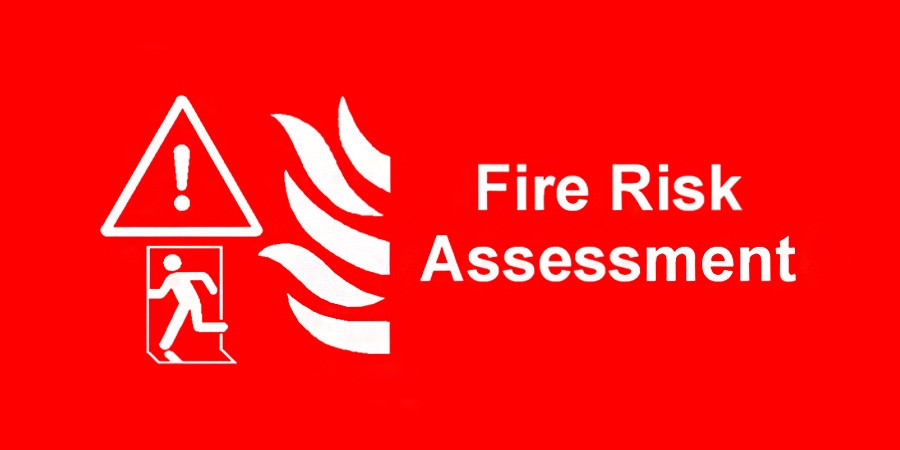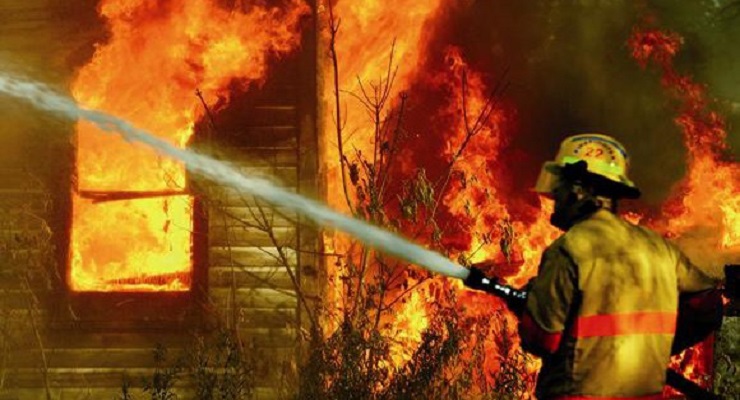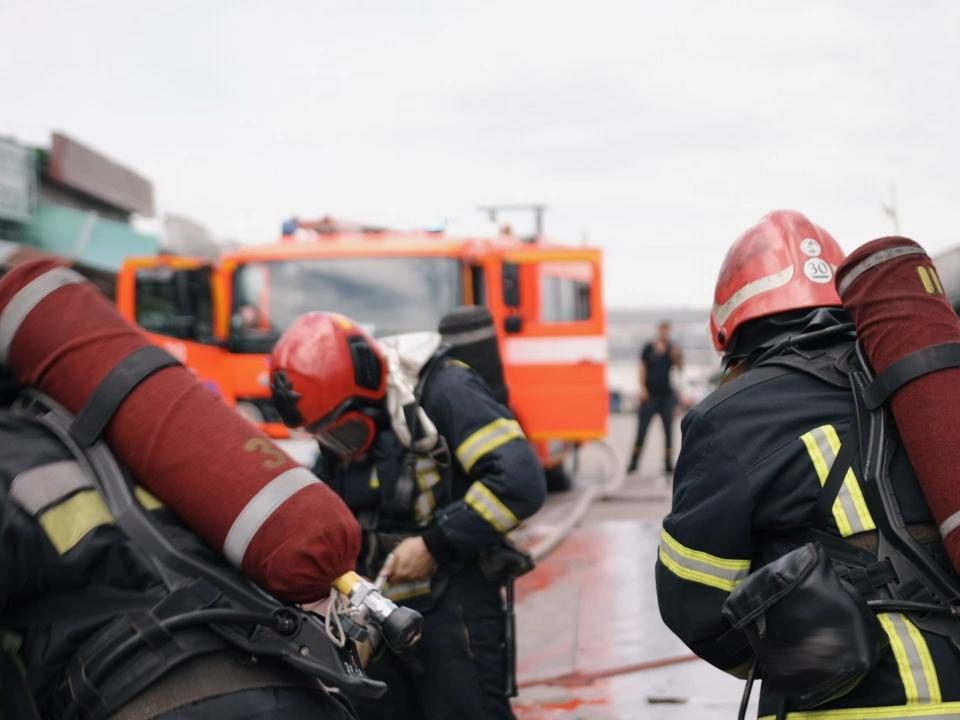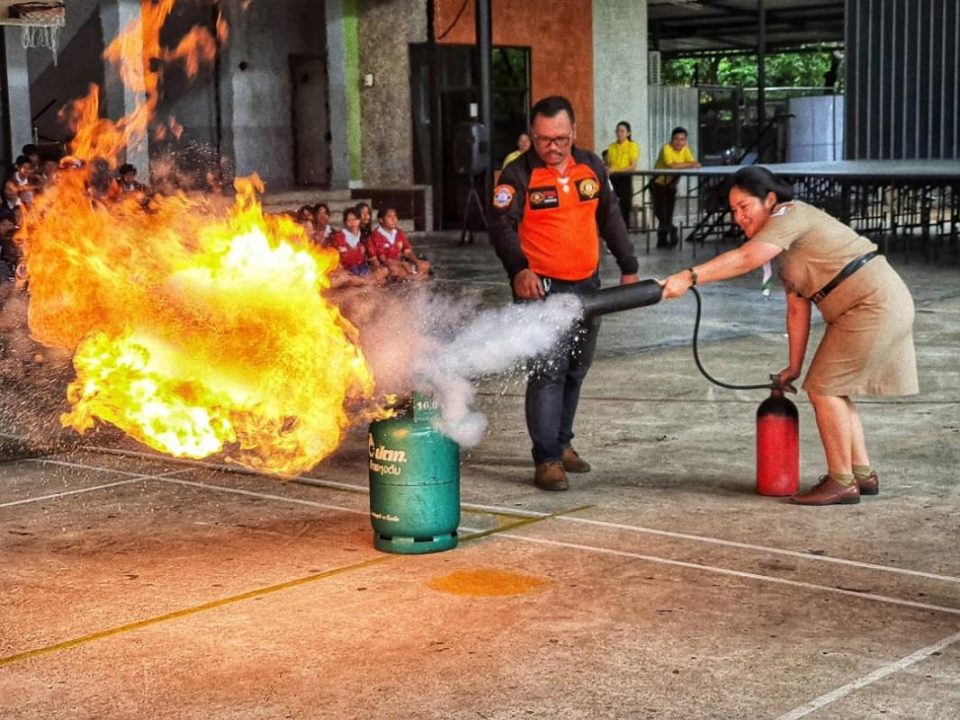What Is A Fire Risk Assessment And Why Is It Needed?

Online safety training for your employees: Things to Look
May 9, 2022
Build a Behavior-Based Safety Program in Simple Steps
May 16, 2022Fire Risk Assessments are a collection of fire prevention measures that identified links & equipment which could cause a fire within a certain area. They’re carried out by a specialist called a Fire Safety Consultant, who’s usually employed by building owners and landlords. But what they are and why they’re needed? This article will shed some light on this question.
A fire risk assessment is a vital part of any business property. Do you know why? Fire is responsible for thousands of deaths per year and causes vast amounts of damage each year. It is one of the largest causes of the damaged property so it is essential to have a fire risk assessment in place. Having a fire safety audit can help minimize your company’s exposure to the devastating effects that a fire can have on your business.

What Is A Fire Risk Assessment?
A fire risk assessment is a process aimed at identifying the risks associated with a particular building or location in order to provide a direction of travel and focus for fire safety management. The assessment process may also be known as a fire risk survey, and there are different ways of carrying one out, but one thing that all fire risk assessments have in common is that they rely on objective data.
A fire risk assessment is essential to safeguarding your employees and building against fires. It’s one of those things that your boss or a fire safety inspector will ask you for at some point (they’re pretty important). The good news is that it’s pretty simple, or even easier if you can prevent fires in the first place.
Why Is It Needed?
Fire is the most devastating natural disaster that could happen to any property, commercial and industrial company. It affects life, businesses, products, and all aspects of the community it strikes. Fire risk assessment can prove to be an effective way of identifying if there are any fire hazards within a given location.
As a business owner, you know that fire is your biggest risk. A sudden fire may cause extensive damage to all buildings on your premises. You need to take appropriate measures to prevent it from happening as much as possible. Fire safety measures can be classified as primary and secondary. Primary fire safety includes installing smoke alarms and sprinkler systems. Secondary fire safety involves the completion of fire risk assessments (FRAs).
How we can help
- Fire risk Assessment
- Fire Load Calculation
- Fire protection system design
- Lumpsum fire projects



